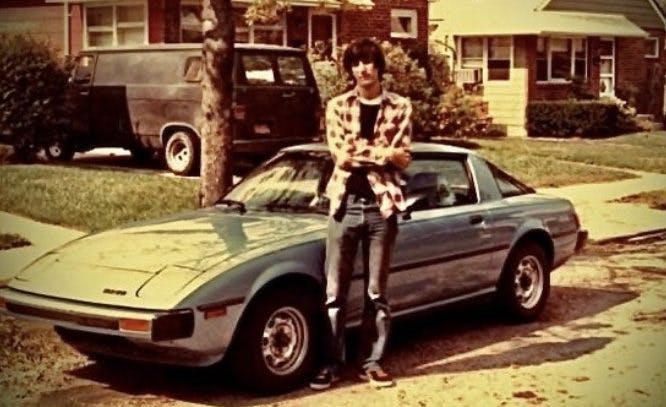Rides from the Readers: 1994 Mazda RX-7
Hagerty readers and Hagerty Drivers Club members share their cherished collector and enthusiast vehicles with us via our contact email, tips@hagerty.com. We’re showcasing some of our favorite stories among these submissions. To have your car featured, send complete photography and your story of ownership to the above email address.
Today’s featured car is a 1994 Mazda RX-7. The 1993–2002 FD generation of Mazda’s beloved rotary-powered sports car was the last, but the RX-7 was a worthy finish to the lineage. These RX-7s packed fascinating technology into a very attractive package. A twin-turbocharged 1308-cc rotary powerplant sat under the hood, channeling its 255 hp to the rear wheels via a limited-slip diff. In an effort to smooth the torque curve of the 13B engine, Mazda’s engineers designated one turbo to provide boost from 1800 to 4000 rpm, with the second kicking in after that mark. In addition to making these cars a handful on track, the twin-turbo control system hasn’t particular reliable, and many FD cars today use only a single unit.
This particular RX-7 belongs to Bill Markowski, whose love for the rotary began with a particular Road & Track cover story and continued until he graduated college and, after a year at his first real job, was able to make his RX-7 dream a reality. He rode his 10-speed bike to the dealer and found a beautiful 1980 RX-7 GS. He drove home with the bike in the hatch.
In a story familiar to many, Markowski enjoyed the car for eight glorious years until marriage and children demanded a steady diet of four-door Camrys and Accords. With his children grown, however, and with the help of eBay, Markowski found his second love: the 1994 FD you see here.
“It still had that old feel in spades—and twin turbos,” he writes. “I’ve kept the car as original as possible, only taking it to a few track days, always giving point-by passes to avoid the possible fender bender. I may now wear New Balance instead of Clyde Puma’s, but for some, a car is more than a pile of mechanical bits and pieces. It’s a connection, a link to remind you of where you were, where you are, and how you got there.”
Now, that’s a link we’re familiar with.




